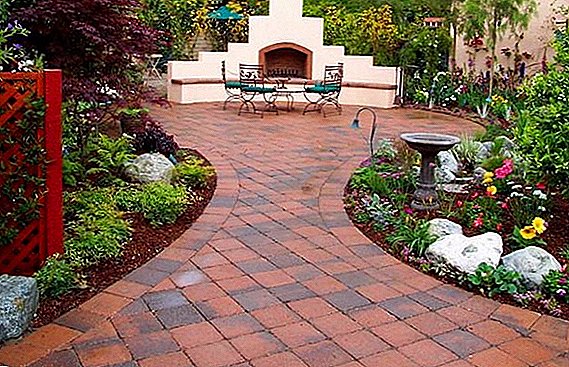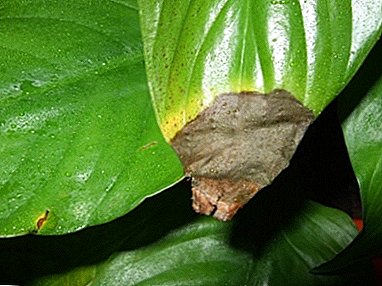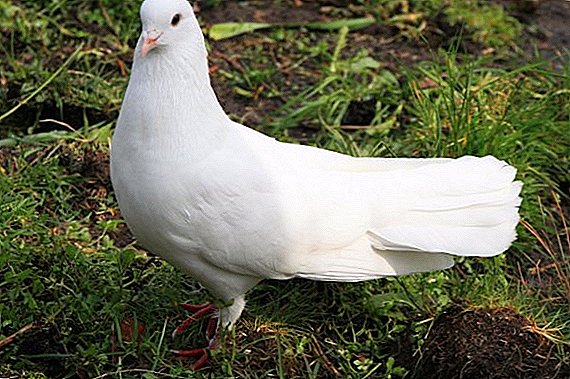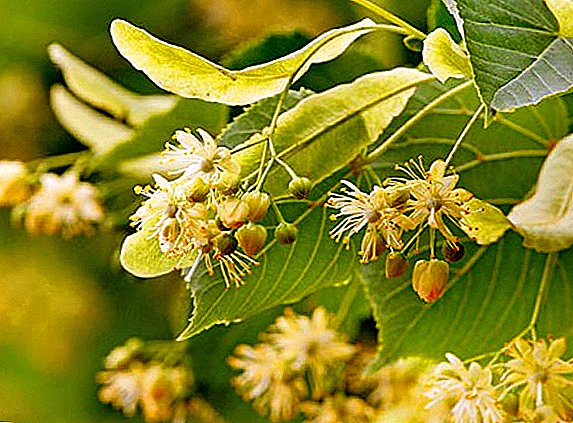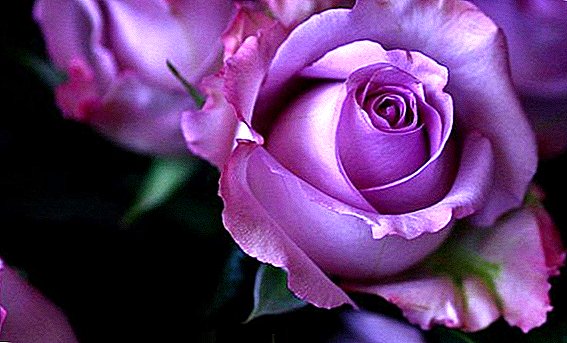 Despite its capriciousness and demands, roses are one of the most popular flowers, both as a gift bouquet and for growing in flower beds. Hundreds of years of selection from the unpretentious wild rose brought out a fantastic variety of shapes, varieties, aromas and sizes. The color variation is also striking - you can find green and black and blue flowers.
Despite its capriciousness and demands, roses are one of the most popular flowers, both as a gift bouquet and for growing in flower beds. Hundreds of years of selection from the unpretentious wild rose brought out a fantastic variety of shapes, varieties, aromas and sizes. The color variation is also striking - you can find green and black and blue flowers.
Are there purple roses
Violet roses (they are sometimes called lilac or blue, depending on the intensity of the color) are a conditional group, reducible by color characteristics. In nature, this color does not occur in roses, all varieties are the result of breeding.  It is believed that the color of them gives the introduction of the gene pansies. Pure purple color has not yet been achieved by breeders, and existing varieties have a characteristic lilac shade, and they are also inclined to change color depending on the lighting, the intensity of the sun's rays and the flowering stage.
It is believed that the color of them gives the introduction of the gene pansies. Pure purple color has not yet been achieved by breeders, and existing varieties have a characteristic lilac shade, and they are also inclined to change color depending on the lighting, the intensity of the sun's rays and the flowering stage.
Did you know? Different varieties of roses were grown in ancient Rome. They served to decorate gardens and were used in religious festivals. Mention of these flowers are found in the writings of Herodotus.
Like other (black, green, mixed) exotically painted roses, violet ones are quite popular. Various characteristics of existing varieties allow us to embody the wildest fantasies in the design of flower beds and gardens.
It will be useful for you to learn about the cultivation of standard roses, spray roses, ground cover roses, Canadian roses, Dutch roses, tea roses, park roses, English roses, climbing roses.
Description and names of the most popular
Although breeding a new variety is not a quick affair, the variety of decorative flowers is replenished with enviable regularity. It is almost impossible to cover all existing varieties of even one group, but we will discuss the most common and popular ones below. 
Blue for you
Low, dense bush with the correct crown (with proper pruning). It grows up to a meter. Shoots are straight, the leaves are dark. On the same branch is formed on average four buds. Small flowers, but due to the amount (and abundant flowering) give the impression of a natural bouquet.
Petals are large, semi-double, mostly light lilac. The variety has a strong smell. Indicators of immunity and cold resistance are average. 
Cardinal de richelieu
The oldest variety. Reaches a height of two meters, straight and inflexible, like its historical namesake. Unlike the opponent of the royal musketeers, it is completely safe, since it does not have thorns.
The flowers are very large, dark, voluminous, terry. The dark purple color of the petals is only emphasized by the white middle. Gives both single flowers and inflorescences in three flowers (which happens more often).
It blooms only once a summer, but very long. The aroma is very specific, harsh. The plant is highly immune to diseases and tolerates low temperatures. 
Did you know? Only 2% of women's fragrances do not contain rose oil. In half of the cases it is added to the perfume for men.
Rhapsody in blue
"Blue Rhapsody" got its name for almost blue color. Although at the bud stage the petals are very dark, opening up, they fade under the sun and brighten. Yellow stamens are clearly visible in the middle.
The flower itself is small, semi-double. The variety forms a lush inflorescence. The smell is gentle, not strong. The bush is straight, reaches one and a half meter height. Resistant to diseases, tolerates cold and long rains. 
Moje hammarberg
The bush is strong, branched, short, with a maximum of 1.2 meters, although usually about 80 centimeters. Leaves are light, long. The shoots are thick, covered with prickles. The flowers are medium in size and terry, red-violet, have yellow stamens, they smell strong, they can be either single or form inflorescences of three to five buds.
To the bush roses also include such varieties as "Chopin", "Abraham Derby", "Falstaff", "Gloria Day", "William Shakespeare".
"My Hammarberg" blooms several times a season, most abundantly for the first time, then moderately. Can "shoot" a lot of flowers in the end before the cold. Resistant to low temperatures, lack of moisture and diseases. 
Florence delattre
High, up to one and a half meters, sprawling bush with long, large leaves. It blooms in large inflorescences, the flowers themselves are huge (up to ten centimeters), dense, double, light purple with a yellowish middle.
A characteristic feature - color variations. On one bush you cannot find the same color, and it varies depending on the weather, humidity and mood of the plant. Flowering in waves, several times per season.
It smells nice, with medium intensity. Resistance to diseases is good, to abnormal precipitation and cold - low. 
Perennial blue
Weaving plant, well suited for the decoration of gazebos and other garden facilities. Reaches three meters, requires props. There are almost no thorns, flowers are small (up to three centimeters), semi-double, light purple with white color in the core and yellow stamens.
Climbing roses include varieties such as Rosarium Hutherner, New Dawn, Pierre de Ronsard, wrinkled roses.
Form large inflorescences. Blooms all season. The smell is sweet, bright and strong. Stability is high. 
Blue river
The bush grows to a meter, well branched. The shoots are strong, the flowers are mostly solitary, up to 11 centimeters, well-filled, with rounded, terry edges.
A characteristic feature is the gorgeous color flowing from the bright lavender-lilac in the middle of the flower to the dark raspberry-lilac at the edges. Changes in the process of disclosure. The smell is pleasant, strong.
It blooms all season, loves the sun, the rose is resistant to heat and lack of moisture, less so to disease and excessive watering. 
Where do purple roses best grow
The rose, as we know from the Little Prince and gardening aids, is an exceptionally picky and picky flower. In inappropriate conditions, dies or refuses to bloom. So, if you want the bush to please you with color and aroma, you will have to try.
Soil requirements
The best soil option is fertile, rich in nutrients, loose, with an average acidity indicator loam.
If the land on your site does not meet these requirements, and you want to plant a rose, you should do the following:
- loosen heavy soils with the addition of sand, peat and humus;
- Acidic soils should be treated with chalk or slaked lime before the pH is level;
- if the ground is too light, add clay.

The choice of lighting
Roses are best suited to well-lit areas, although excessively bright, direct rays can cause a burnout of color. Although the plant is light-loving, the best option for it will be to plant where there is a lot of light in the first half of the day, and in the afternoon a slight shade appears.
It is not recommended to plant a bush in the shade, as in such conditions it will grow poorly and almost will not give flowers.
Important! Although flower ventilation is necessary, the rose is very capricious and does not like drafts. It is necessary to attend to shelter for her, for example, to land near the wall, which will serve as protection from the wind.
Optimum humidity
Rose requires regular watering, but it does not tolerate stagnant moisture at the roots. To overcome this contradiction, you should choose a place to land on a certain elevation (and in no case in a lowland), for example, a garden slide or slope will be well suited to allow excess moisture to flow freely down. 
Features and basic rules of landing
Planting a rose in the fall, October is best. Exceptions - seedlings obtained by cutting, they are planted in the spring.
For a seedling, you need to dig a hole that is sufficient in size to allow free placement of the root system, loosen the bottom, place the seedling, straighten the roots, sprinkle with earth (make sure that the pinching site is hidden with soil at a depth of about 10 cm), slightly tramp the soil.
For spring planting, compost is placed under the soil layer at the bottom. Soil around a prikopannoy roses should spud and mulch.
Find out why you need to mulch the soil.
Care for purple roses
The rose requires fairly regular procedures, especially in the first year after planting. Observing simple rules, you can achieve abundant flowering. 
Watering rules
Watering should be often (on dry days - up to two times a day), but not much so that the water has time to leave the soil. It is not recommended to be too cold, it is better to pick up several containers ahead of time and let them settle. Watering should be at the root, it is not advisable to get water on the leaves and flowers.
Pruning
Cut the rose:
- After winter, removing dead shoots growing inside the bush, and just superfluous to give shape.
- During the warm season, cutting off faded buds, old or overly long branches, and curled leaves.
- Before wintering, in terms of shelter.

Top dressing
Feeding roses should be the whole season. Natural fertilizers are also good (manure, humus, ash), and mineral purchased. Before the formation of the first buds, nitrogen-containing fertilizers should be applied to the soil. The optimal composition of the finished mixtures contains phosphorus, potassium and nitrogen.
Learn about the importance of fertilizing with phosphate, potash and nitrogen fertilizers.
Pest and disease control
Roses are highly susceptible to various diseases (rust, gray mold, powdery mildew) and attacks of pests (mites, larvae, etc.).
To prevent the appearance of these evils, you should follow the rules of care, protect plants from dampness and mechanical damage, cut off faded flowers and leaves in time, regularly inspect the bushes for lesions.
If a problem is found, the affected parts of the plant should be immediately cut and burned, and the bushes treated with tools intended to combat a specific problem, for example, Bordeaux liquid. 
How to make a flower bed perfect: the right combination of purple roses
Ideas about the ideal bed for all gardeners are different, so the color combination can be any. It is believed that purple and lilac roses will look good along with white, yellow or pink shades, although you can optionally combine with a different color.
When disembarking groups it is logical to place higher bushes in the background or in the center. Spreading roses are best planted alone, and straight - framed with low flowers or creeping conifers. A good solution would be a substrate of grassy plants.
In the background, tall, straight trees like thuja and cypress or standard trees will look good. 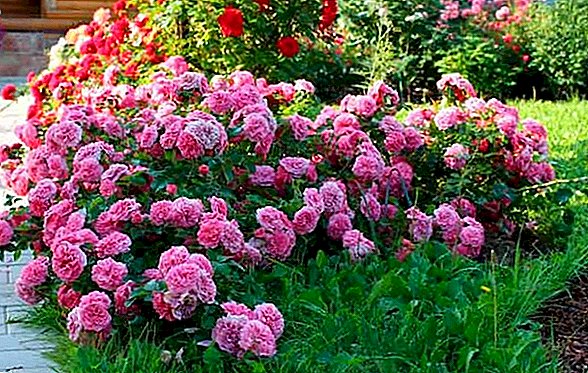
Important! Roses should be regularly weaned. If frequent weeding does not entice you, lay the soil around the bushes with mulch, tree bark or decorative pebbles.
As you can see, a variety of purple roses allows you to choose a beautiful woman for every taste, which will perfectly fit into the design of the garden and become its highlight.


